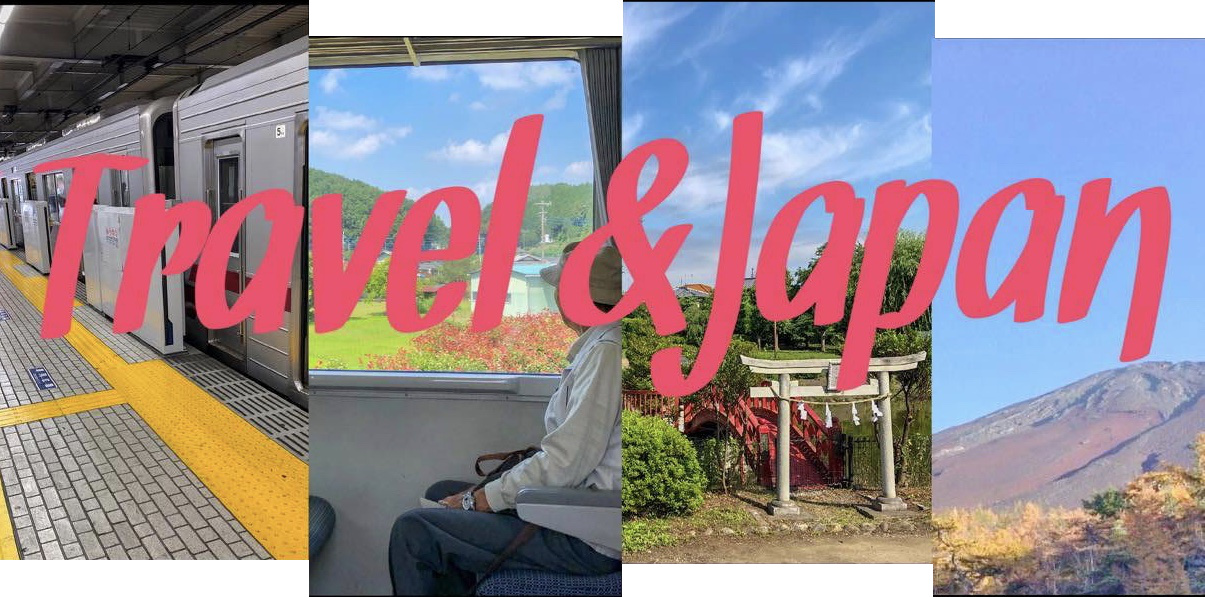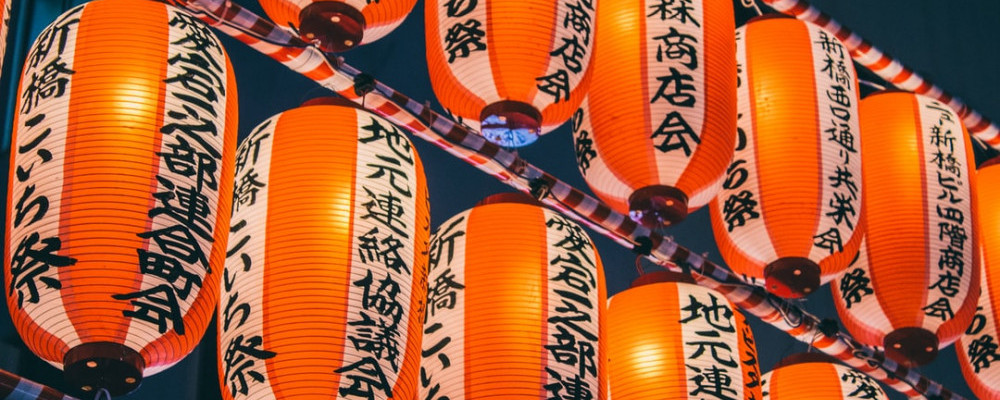I didn’t know what Obon was when I moved to Japan. I was invited to the event by a friend but I had to ask them what is the Obon Festival in Japan? They had no idea but we still had a great time and enjoyed a Japanese summer holiday.
I was still curious about Obon so I did some research.
Obon Festival (also known as Bon Festival) happens across Japan annually in mid-July and mid-August. Different areas of Japan celebrate Obon depending on which calendar they choose. Solar calendar for July and lunar calendar for August. Obon is also celebrated in China in August where it’s called the Ghost Festival.
Obon is a traditional Festival, not a national holiday but several businesses shut down or give workers a few days off to celebrate. August Obon one of the busiest travel seasons in Japan so travel prices are high this time of the year. Japanese return to their ancestral homes or areas to celebrate.
If you’ve ever seen photographs or videos/movies that include paper lanterns and people dancing the Bon Dance then you’ve seen part of an Obon celebration.
What is Obon?
Obon is a 500-year-old Japanese Buddhist custom. The custom of honoring family ancestral spirits. It’s believed that 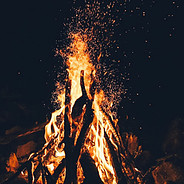 ancestral spirits return to their graves, areas where they lived, or household alters every year at this time.
ancestral spirits return to their graves, areas where they lived, or household alters every year at this time.
At the start of Obon Japanese return to their ancestral family places (home, land, town, city) to clean the graves of past family members, place flowers, and burn Incense. At their ancestral home, they place paper (Chochin) lanterns or build small fires to guide the spirits home. Food is also offered at shrines and household alters. Items the ancestors owned or enjoyed in life are set out.
A Buddhist monk or priest is usually asked to visit to partake of an all-vegetable meal (if the family is Buddhist) while the family tells stories. A short memorial service is held and everyone recites the sutra.

On day 2 or 3, families and communities come together to hold a festival which includes eating, drinking, singing, dancing, carnival, and games. The most popular dance is Bon Odori (Bon Dance) and everyone is invited to join in. This is the dance of joy because the ancestral spirits are free to rest. Check out the Bon Odori on the travelandjapan.com YouTube channel here.
The celebration area is filled with bright colors, paper lanterns light up the night after dark, people are wearing light kimonos (yukata), and everyone is having fun. Children are often seen carrying around a goldfish they just won and their favorite snack shoved in their mouth.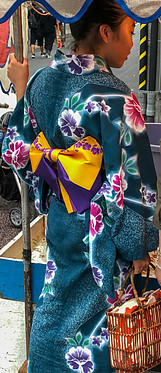
Each area of Japan celebrates with different customs, styles, dances, and on different days. So a person can attend several Obon each year and each festival will be different.
On the last day which is usually days 3, 4, or 5 (depending on the local culture) Obon ends with the floating of paper lanterns down a stream, river, lake, or any large body of water. This will guide the ancestor’s souls back to their world.
Similar Custom
The custom is about the same as returning to your family reunion (eating, drinking, games, singing) area, and after the reunion has concluded family members join together and visit the gravesites of past family members. You tell stories and think about your ancestors. I know this is popular in the United States.
When is Obon?
Obon is usually 3 – 5 days around July 15th and August 15th. Depending on the local culture it can be entirely different days. The local ward office or train station will usually have a poster displayed informing everyone. It won’t show up on your local calendar as a holiday.
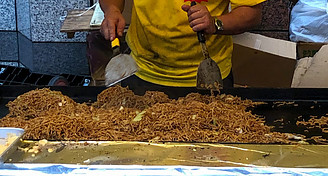
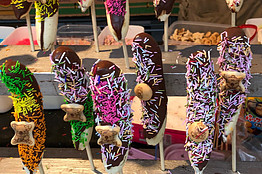
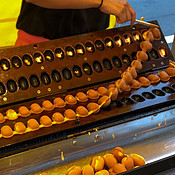
Singing and Dancing
Singing traditional and modern songs during Obon is common. Everyone takes a break from the festivities to gather around the yagura (stage) in a complete circle. The yagura is typically a wooden stage that is higher than the crowd but can be just  about anything as long people can see the performance and gather around it in a circle. Check out some Obon singing on the travelandjapan.com YouTube channel here.
about anything as long people can see the performance and gather around it in a circle. Check out some Obon singing on the travelandjapan.com YouTube channel here.
After the performance has ended the dancing begins. This is usually traditional dance and ends with the Bon Dance (Bon Odori). Dancers will surround the yagura facing outward towards the crowd, dance slowly, and clap. I’ve seen Bon Odori performed several different ways. Check out some Bon celebration dancing on the travelandjapan.com YouTube channel here.
Travel during Obon
This is one of if not the busiest travel time of the year in Japan (especially in mid-august). If you want to travel to Japan or across Japan during this time you’ll need to book well in advance. The airplanes, trains, subway, busses, and taxis will be full and also the hotels.
The whole family travels and the major cities empty. It’s one of the few times during the year you can see Japanese families together.
I compare it to travel at Thanksgiving or Christmas in the United States but since most Japanese will travel using mass transit instead of driving a vehicle it’s not a close comparison.
Enjoy Obon while in Japan
I’ve been to a few Obon and always get involved with the locals. I’ve made several new friends who have taught me a lot about Japanese culture, the correct way to wear a yukata, and dance the Bon Dance. Sakara season is my favorite but Obon is a close second.
If you’re visiting Japan during Obon I highly recommend you attend and if you live in Japan you should attend each year. It’s a fantastic way to learn about Japanese culture and make new friends. Don’t be afraid to join in when the Bon Dance starts, the locals will be happy to teach you.
Have you been to an Obon Festival? What’s your favorite part? The food or perhaps the singing? Tell your story in the comment section below.
Have a question about Obon? Please ask below in the comment section.
